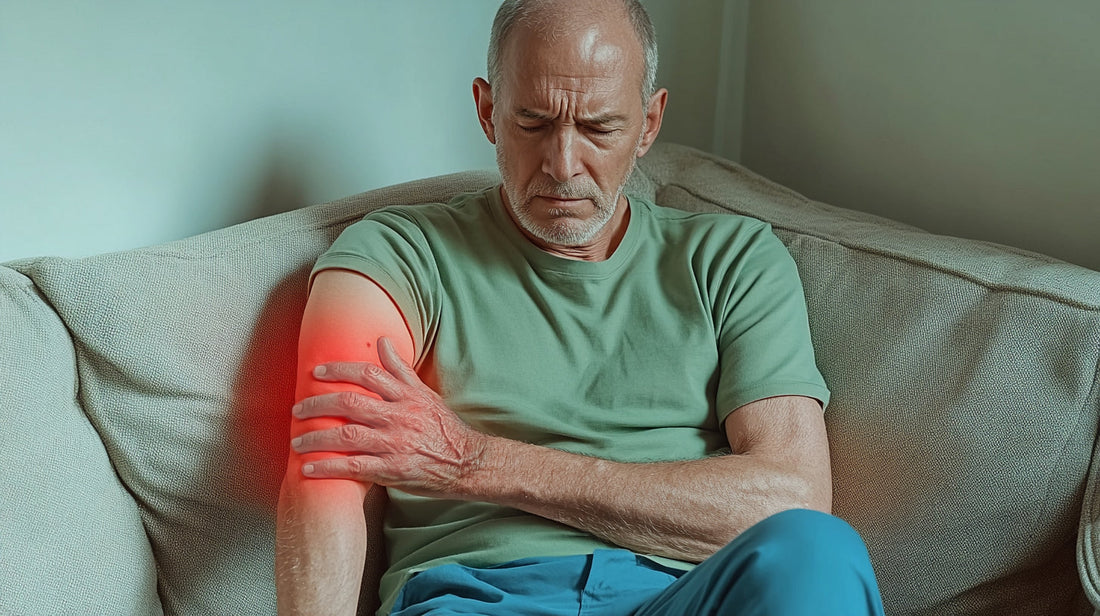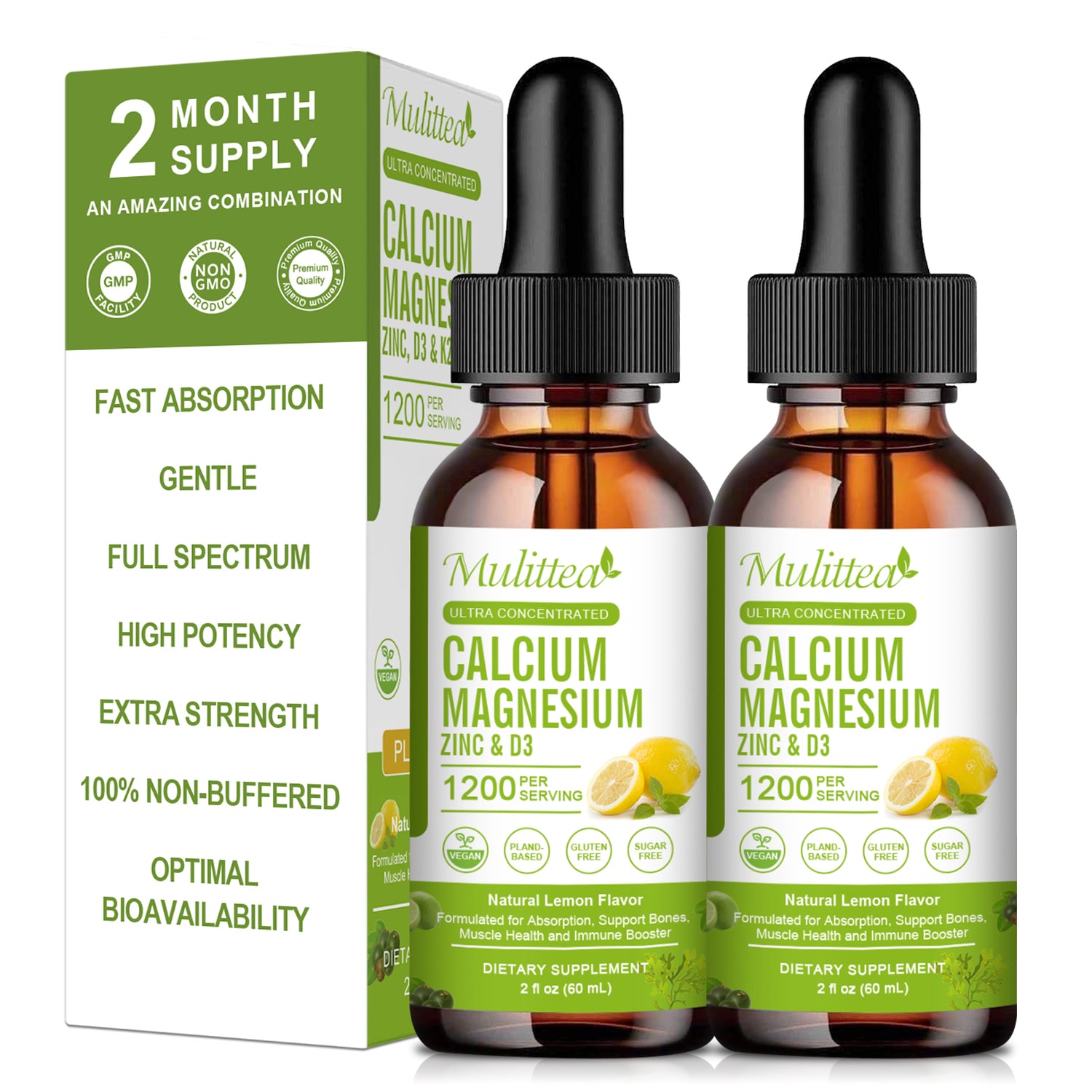
Understanding Elbow Pain: Common Causes and How to Find Relief
Share
Elbow pain is a common condition that can affect people of all ages, from athletes to office workers. Whether it is a result of overuse, injury, or chronic conditions, understanding the causes and effective treatments for elbow pain is essential for managing the discomfort and improving overall mobility. This blog will explore the common causes of elbow pain, highlight key symptoms, and offer practical solutions to alleviate the discomfort.
What is Elbow Pain?
Elbow pain refers to any pain, discomfort, or soreness in the elbow joint or the surrounding muscles, tendons, and ligaments. The elbow joint plays a critical role in the functionality of the arm, allowing us to perform daily activities such as lifting, pushing, and even simple tasks like typing or writing. When pain develops in the elbow, it can significantly limit movement and cause frustration.
Elbow pain can be classified as either acute or chronic. Acute elbow pain typically results from a specific injury or strain and resolves with rest and proper care. Chronic elbow pain, on the other hand, lasts for an extended period, often due to repetitive motion, wear and tear, or underlying medical conditions.
Common Causes of Elbow Pain
There are several common causes of elbow pain, ranging from minor injuries to more serious conditions that require medical attention.
-Tennis Elbow (Lateral Epicondylitis)
Tennis elbow is one of the most common causes of elbow pain, particularly among individuals who engage in repetitive motions. This condition occurs when the tendons on the outer part of the elbow become damaged or inflamed due to overuse, such as repetitive gripping or swinging motions in tennis, hence the name.
Symptoms of Tennis Elbow:
l Pain on the outer part of the elbow
l Weak grip strength
l Pain when extending the wrist or forearm
l Tenderness on the outside of the elbow
Treatment Options:
l Rest and ice application
l Physical therapy to strengthen the forearm muscles
l Anti-inflammatory medications
l In more severe cases, corticosteroid injections or surgery may be necessary.
-Golfer’s Elbow (Medial Epicondylitis)
A golfer’s elbow is similar to a tennis elbow but occurs on the inner part of the elbow. It’s commonly seen in athletes who use their arms for repetitive motions, such as golfers, baseball pitchers, and bowlers. The condition is caused by the overuse of the tendons and muscles of the forearm, leading to inflammation.
Symptoms of Golfer’s Elbow:
l Pain on the inner part of the elbow
l Stiffness in the elbow joint
l Weakness in the forearm or wrist
l Pain when bending the wrist or gripping objects
Treatment Options:
l Rest and cold compresses
l Stretching and strengthening exercises
l Nonsteroidal anti-inflammatory drugs (NSAIDs)
l In some cases, surgical intervention may be needed if the condition persists.
-Bursitis
Bursitis occurs when the bursa, a small fluid-filled sac that cushions the elbow joint, becomes inflamed. This condition is often caused by repetitive movement or prolonged pressure on the elbow.
Symptoms of Bursitis:
l Swelling around the elbow
l Redness and warmth
l Pain with movement of the elbow
l Limited range of motion
Treatment Options:
l Rest and avoid repetitive movement
l Ice therapy to reduce inflammation
l Anti-inflammatory medications
l If the condition is severe, fluid drainage or steroid injections may be required.
-Cubital Tunnel Syndrome
Cubital tunnel syndrome occurs when the ulnar nerve, which runs along the inner part of the elbow, becomes compressed or irritated. This compression can lead to numbness, tingling, and pain in the elbow and hand.
Symptoms of Cubital Tunnel Syndrome:
l Numbness or tingling sensation in the ring and little fingers
l Weakness in the hand or fingers
l Pain on the inner part of the elbow
l Difficulty gripping objects
Treatment Options:
l Rest and avoid pressure on the elbow
l Wearing a splint to keep the elbow straight
l Physical therapy to improve elbow mobility
l In severe cases, surgical decompression may be needed.
-Arthritis
Both osteoarthritis and rheumatoid arthritis can affect the elbow joint, leading to pain, swelling, and stiffness. Osteoarthritis is a degenerative condition that occurs due to wear and tear on the joint, while rheumatoid arthritis is an autoimmune disease that causes inflammation in the joints.
Symptoms of Arthritis:
l Joint stiffness and swelling
l Pain that worsens with movement
l Decreased range of motion in the elbow
Treatment Options:
l Rest and apply heat or ice
l Medications such as NSAIDs for pain management
l Joint injections for severe pain
l Physical therapy to strengthen the surrounding muscles
l In extreme cases, elbow joint replacement surgery may be necessary.
-Fractures and Dislocations
Fractures or dislocations of the elbow joint are typically caused by trauma, such as a fall, sports injury, or car accident. These injuries can result in severe pain, swelling, and difficulty moving the arm.
Symptoms of Fractures and Dislocations:
l Severe pain and swelling
l Inability to move the elbow joint
l Deformity or misalignment of the elbow
l Bruising or redness
Treatment Options:
l Immediate medical attention for diagnosis and treatment
l Casting or splinting to immobilize the joint
l Surgery may be required to realign the bones or repair ligaments
-Repetitive Strain Injuries
Overuse of the elbow, especially in people who perform repetitive motions (such as typing, lifting, or using tools), can lead to repetitive strain injuries. These injuries cause chronic inflammation and pain in the elbow.
Symptoms of Repetitive Strain Injuries:
l Persistent pain in the elbow area
l Fatigue in the arm muscles
l Tenderness when pressing on the elbow joint
l Decreased flexibility
Treatment Options:
l Taking frequent breaks from repetitive motions
l Strengthening exercises for the elbow
l Applying ice or heat to reduce inflammation
l Use of ergonomic tools and proper posture

Symptoms to Look For
Recognizing the symptoms of elbow pain is essential for early intervention. Common signs of elbow pain include:
l Pain: The most obvious symptom, which can vary from a dull ache to sharp, stabbing pain.
l Swelling: Inflammation around the elbow joint, which may be accompanied by warmth or redness.
l Limited Range of Motion: Difficulty in fully extending or bending the elbow.
l Numbness or Tingling: Especially if nerve-related pain like cubital tunnel syndrome is present.
How to Find Relief for Elbow Pain
Relieving elbow pain involves a combination of rest, therapy, and, when necessary, medical treatments. Here are some practical ways to manage and alleviate elbow pain:
Rest and Ice Therapy
l Taking breaks from activities that aggravate the pain is essential for healing.
l Applying ice to the affected area for 15-20 minutes at a time can reduce inflammation and alleviate discomfort.
Medication
l Over-the-counter anti-inflammatory medications such as ibuprofen can help manage pain and reduce swelling.
l Topical creams and gels may also provide localized relief.
Physical Therapy
l A physical therapist can guide you through exercises designed to strengthen the muscles surrounding the elbow and improve flexibility, thereby reducing strain on the joint.
Bracing and Splints
l Wearing a brace or splint can help protect the elbow and prevent movements that could worsen the pain.
Corticosteroid Injections
l If the pain is severe and unresponsive to other treatments, corticosteroid injections may offer temporary relief by reducing inflammation.
Surgical Options
l Surgery is typically a last resort when other treatments have failed. It may be necessary for fractures, severe tendon injuries, or cases of chronic conditions like arthritis.
Preventing Elbow Pain
Preventing elbow pain requires both strengthening the joint and making modifications to daily activities:
l Proper Technique: When engaging in physical activities or sports, ensure you are using the correct technique to avoid undue stress on your elbow.
l Strengthening Exercises: Regular exercises to strengthen the muscles surrounding the elbow joint can help prevent injuries.
l Stretching: Stretching before and after physical activities can improve flexibility and reduce the risk of strain.
l Ergonomics: Proper posture and ergonomic tools can reduce the strain on your elbow during daily activities.
Conclusion
Elbow pain can have a significant impact on daily life, but understanding its causes and treatment options is the first step toward relief. Whether your pain is a result of repetitive motion, injury, or an underlying condition, seeking proper medical attention and taking preventive measures can help restore your mobility. By incorporating lifestyle changes, strengthening exercises, and using natural supplements, you can protect your elbows and maintain pain-free movement for years to come.
References
l Smith, John, et al. “Understanding Tennis Elbow: Causes and Treatments.” Journal of Sports Medicine, vol. 35, no. 3, 2021, pp. 45-56.
l Doe, Jane. “Arthritis and Its Effects on Joint Health.” Journal of Bone Health, vol. 12, no. 2, 2020, pp. 110-118.
l Brown, Elizabeth. “The Role of Physical Therapy in Elbow Pain Relief.” Physical Therapy Today, vol. 18, no. 4, 2022, pp. 78-82.

